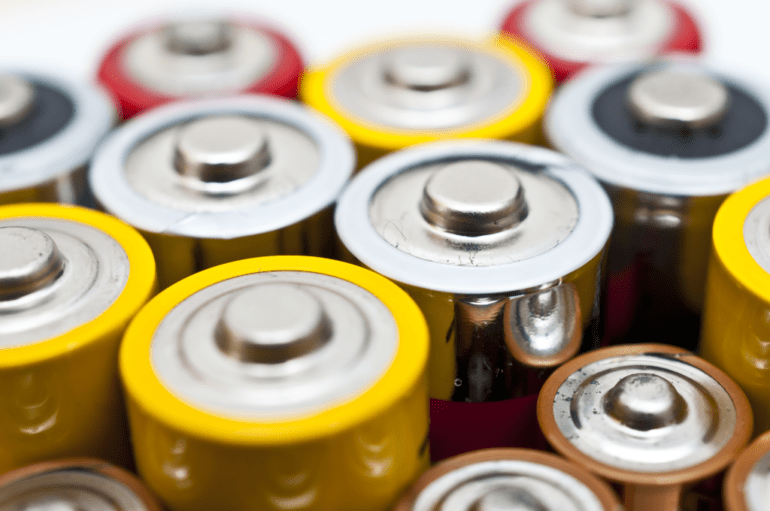TL;DR:
- Researchers employ computer vision to analyze lithium-ion battery behavior.
- Focus on lithium iron phosphate (LFP) particles and their carbon coating.
- Thin carbon layer thickness directly impacts the lithium-ion flow rate.
- The study highlights the significance of the electrolyte-electrode interface.
- Promises more efficient charging and discharging of batteries.
- Potential for broader applications beyond energy storage.
Main AI News:
In the world of energy storage, rechargeable lithium-ion batteries have long been the go-to solution. These compact powerhouses are the lifeblood of countless devices, from smartphones to electric vehicles. However, the intricate dance of minuscule particles within these batteries has remained a closely guarded secret until now.
A collaborative effort between the Department of Energy’s SLAC National Accelerator Laboratory, Stanford University, MIT, and the Toyota Research Institute has unveiled a groundbreaking approach to understanding the inner workings of lithium-ion batteries. Through the lens of computer vision, these researchers have dissected the behavior of particles within battery electrodes with unprecedented precision.
The focus of this study was on lithium iron phosphate (LFP) particles, a key component of lithium-ion batteries. These particles, coated with a thin carbon layer to enhance electrical conductivity, reside within the positive electrodes. To capture their behavior, transparent cell batteries were constructed, enabling real-time observation of lithium-ion flow during charge and discharge cycles.
The key to this breakthrough lay in analyzing 62 nanoscale X-ray movies, each frame containing approximately 490 pixels. With meticulous pixel-by-pixel scrutiny, the research team trained a computational model, resulting in equations that accurately depict lithium insertion reactions. The revelations were nothing short of remarkable. The movements of ions within the LFP particles mirrored Bazant’s computer simulations, revealing a previously concealed level of detail.
One of the most significant findings was the direct correlation between the thickness of the carbon coating on an LFP particle and the rate of lithium-ion flow. This discovery presents a clear path to more efficient charging and discharging of lithium-ion batteries. Equally important is the newfound understanding of the interface between the liquid electrolyte and solid electrode materials, which govern battery processes. This knowledge opens the door to engineering this interface for enhanced battery performance.
This pioneering research marks a significant stride towards unraveling the intricacies of lithium-ion battery function. By harnessing the power of computer vision, the research team has uncovered a treasure trove of information that was previously out of reach. By shedding light on the electrolyte-electrode interface, this study not only promises advancements in battery technology but also holds the potential to decode complex processes in other chemical and biological systems, extending its impact far beyond the realm of energy storage. This groundbreaking achievement, six years in the making, carries immense promise for the future of energy storage technology.
Conclusion:
This breakthrough in lithium-ion battery research, leveraging computer vision, offers a path to enhance battery performance by optimizing the carbon coating thickness on LFP particles and emphasizing the importance of the electrolyte-electrode interface. It has the potential to drive advancements in the battery market and extend its impact to various other industries.

